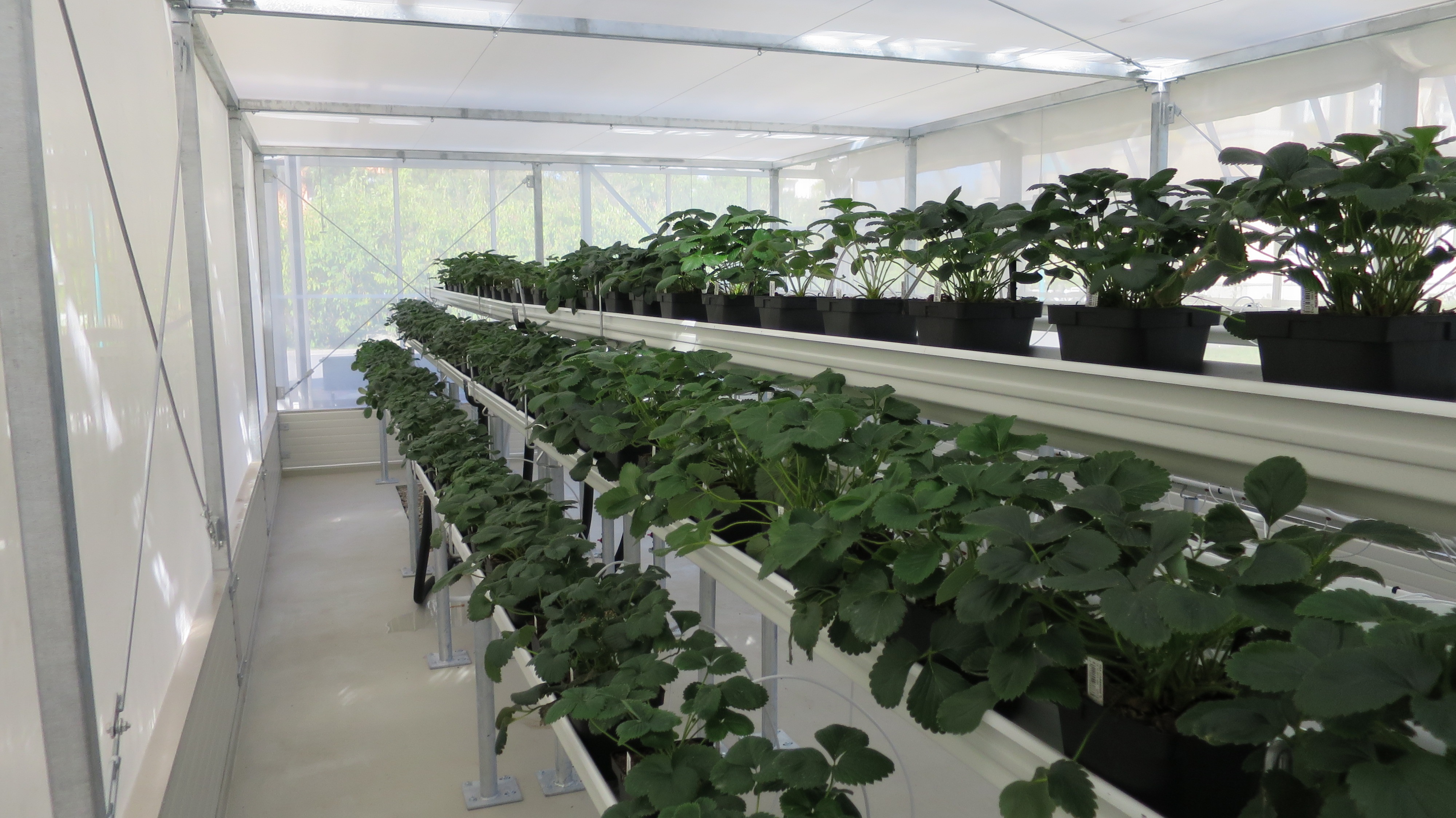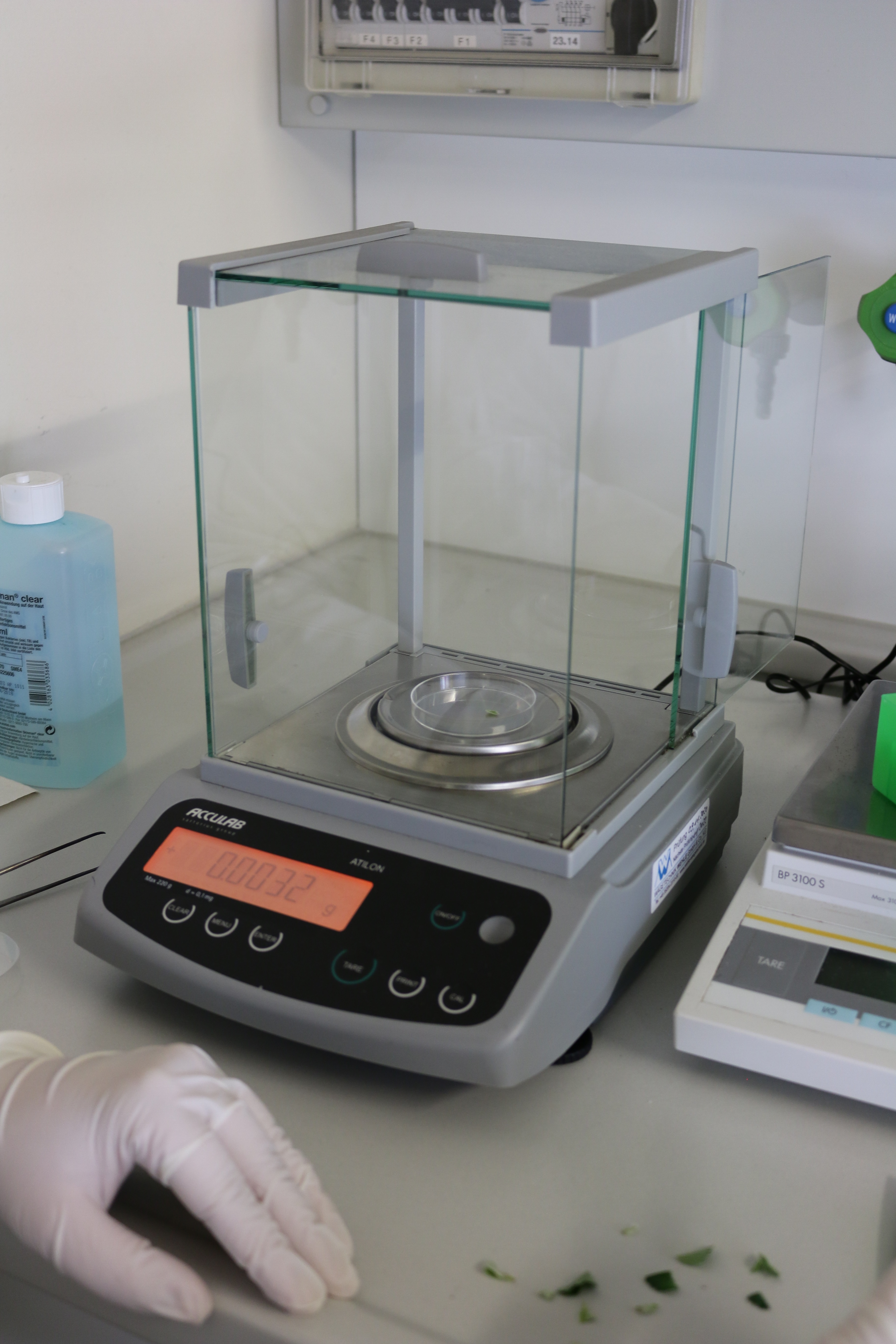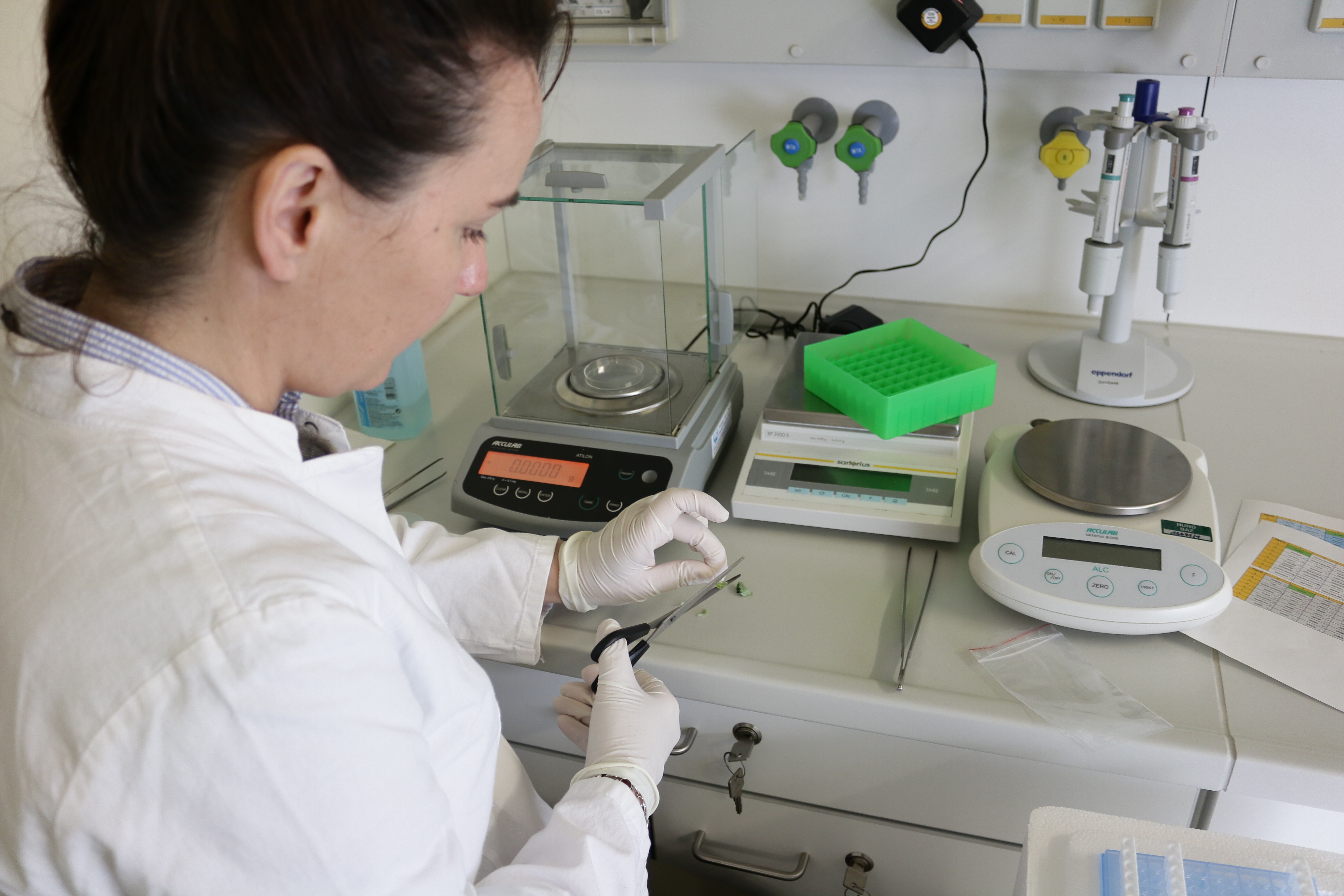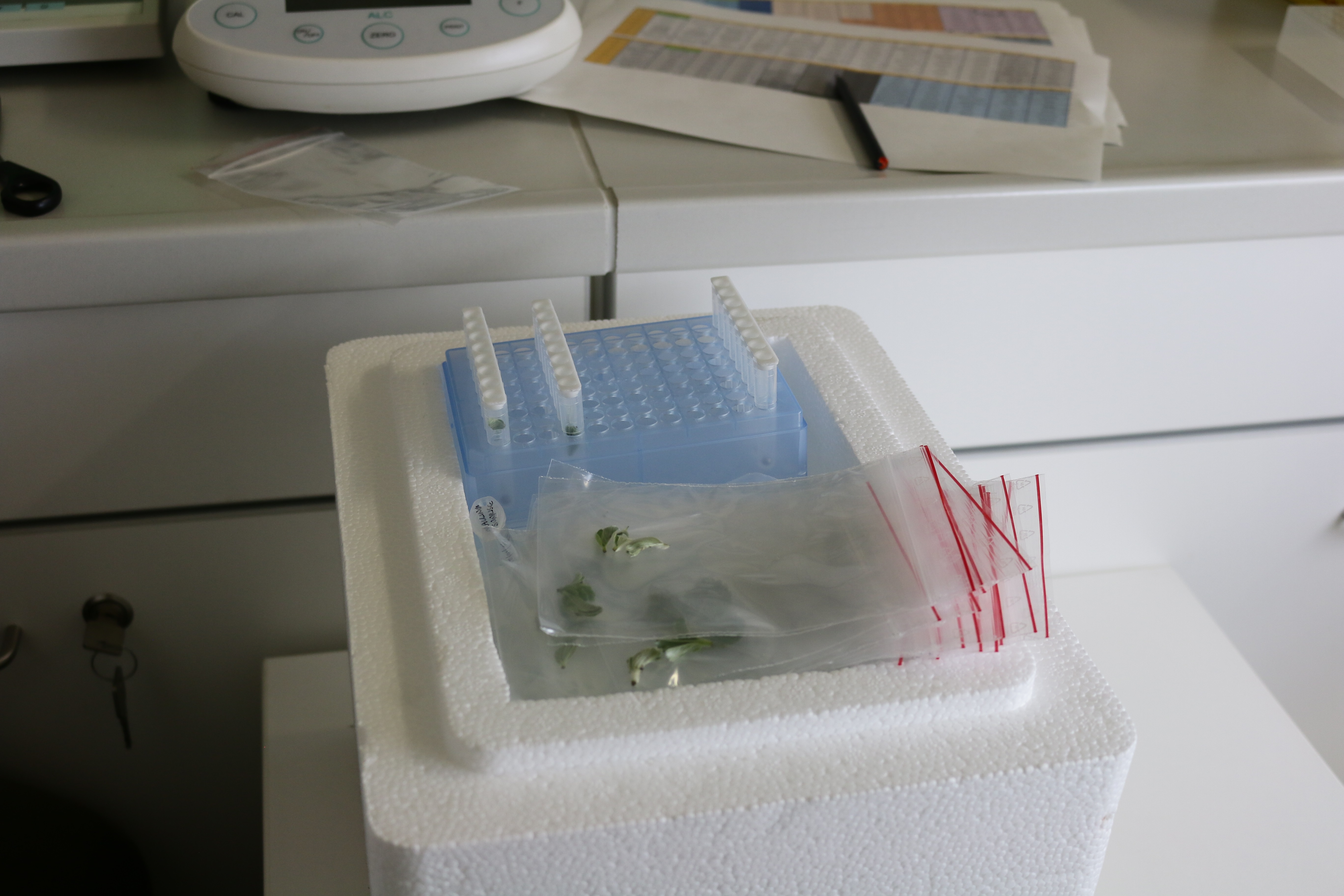Work package 1: Selection of plant material for the allelic diversity study
By Monika Höfer and Dora Pinczinger, Julius-Kühn-Institute (JKI), Dresden, Germany
The main objective of the BreedingValue project is to provide knowledge and the required tools to use genetic resources (GenRes) of strawberry, raspberry and blueberry as well as pre-breeding material to create new breeding pathways. To achieve this, the identification of the most interesting genetic resources in the different public and private genebank collections as well as in breeding programmes of the EU plays a primary role.
In a first step, the question of which material should be included in the investigations of the different work packages of the BreedingValue project had to be clarified. Based on the year of introduction of the varieties/cultivars, their market importance, breeding background and availability, six plant categories have been defined for strawberry, raspberry and blueberry. A seventh category was created to collect genotypes of selfing (i.e. self-pollination) pedigrees.
| No. | Plant Category |
|---|---|
| 1 | old cultivars Fragaria ×ananassa (until 1960) |
| 2 | modern cultivars Fragaria ×ananassa (1960-2005) |
| 3 | newest releases Fragaria ×ananassa (2005 till now) |
| 4 | pre-breeding material Fragaria ×ananassa |
| 5 | wild species accessions (octoploid for Fragaria, diploid, tetraploid and hexaploid for Vaccinium, different levels for Rubus) |
| 6 | populations Fragaria ×ananassa |
| 7 | Selfings, only for the allelic diversity study in strawberry |
A diversity study to evaluate the quality and resilience of the germplasm used in Europe and to assess the developed pre-breeding material is crucial and should be realized at the beginning of the project. Negative domestication effects threaten the resilience of future berry cultivars and of our breeding material. The allelic diversity study was decided to be performed on strawberry only, as there is a large enough amount of GenRes material among the participants. All partners were asked by the lead of work package 1 (WP), HANSABRED, Germany, to provide a list about their available plant material, with recommendations for cultivars of importance in their growing region for the allelic diversity study. Aside from this plant material, already existing data will be used as well, e.g. derived by partners NIBIO, Norway, and LUKE, Finland, in the NORDFRUIT project (2018-2020, Nordfruit: Pre-breeding for future challenges in nordic fruits and berries | Externwebben (slu.se)). The present landscape of European strawberry breeding material could be captured more accurately. The material questionnaires resulted in a list of 1,566 accessions and populations. From this list, 1,233 accessions were recommended for the allelic diversity study, 906 as plant material and 327 as data.
The accessions were then assigned into the plant categories 1-5 (s. above). Plant category 6, ‘populations’, was not used in the allelic diversity study. However, after consultation with INRA, France, an additional plant category, ‘selfings’, was created for the study with the purpose of a better validation of the data.
In a next step, the recommended material list had to be reduced to the 380 spaces available on the four plates of the FanaSNP 50K SNP array by HANSABRED and JKI. First, the doublings from multiple partners were eliminated. After consulting with FZJ, Germany, about the balancing of the six categories to keep the data set of the study valid, a similar distribution of categories 1-4, and a smaller proportion of categories 5 and 7, was set as a goal. Several traits were used as deciding factors for accession selection additional to the aforementioned regional importance. The following traits were researched for plant categories 1-3: country of origin, breeding institution, breeder and pedigree information. First, cultivars with both parent cultivars already on the list were eliminated. Second, the amount of cultivars from a single breeding institute and breeding period was limited. For plant category 4, ‘advanced selections’, a number limit of samples per participant was set. As for category 5, ‘wild accessions’, information about the relevant traits and geographical area of collection was requested from the partners. With this information, a decision was made to include every available subspecies of F. chiloensis and virginiana, from a balanced geographical distribution. For category 7, selfing stages 1-5 were selected from five base cultivars.
The cultivars selected for the study originate from 17 countries. The main source of cultivars are the countries Germany, USA, Great Britain, Italy, France and Spain. The data provided by NIBIO and Luke has an additional five countries, making it 22 countries in total. After the balanced sample list was finalized, sample collection for the study was started by partners. The leaf samples were sent to the JKI where the 380 spaces of the four plates were filled. The next step, DNA isolation and genotyping, will be carried out by a professional service provider. We expect first results from the allelic diversity study in May 2022.
Some Impressions:
 Strawberry collection of the Fruit Genebank of the JKI, Dresden-Pillnitz, Germany
Strawberry collection of the Fruit Genebank of the JKI, Dresden-Pillnitz, Germany
 Screenhouse for strawberries in the JKI, Dresden-Pillnitz, Germany
Screenhouse for strawberries in the JKI, Dresden-Pillnitz, Germany



All images copyright Julius-Kühn-Institut (JKI)

